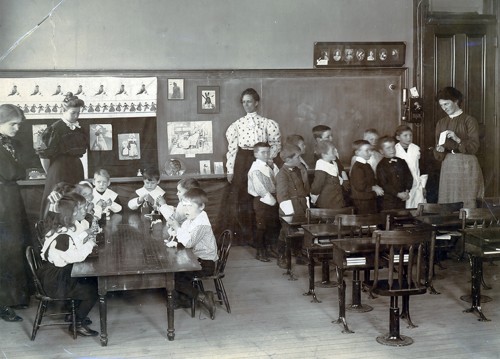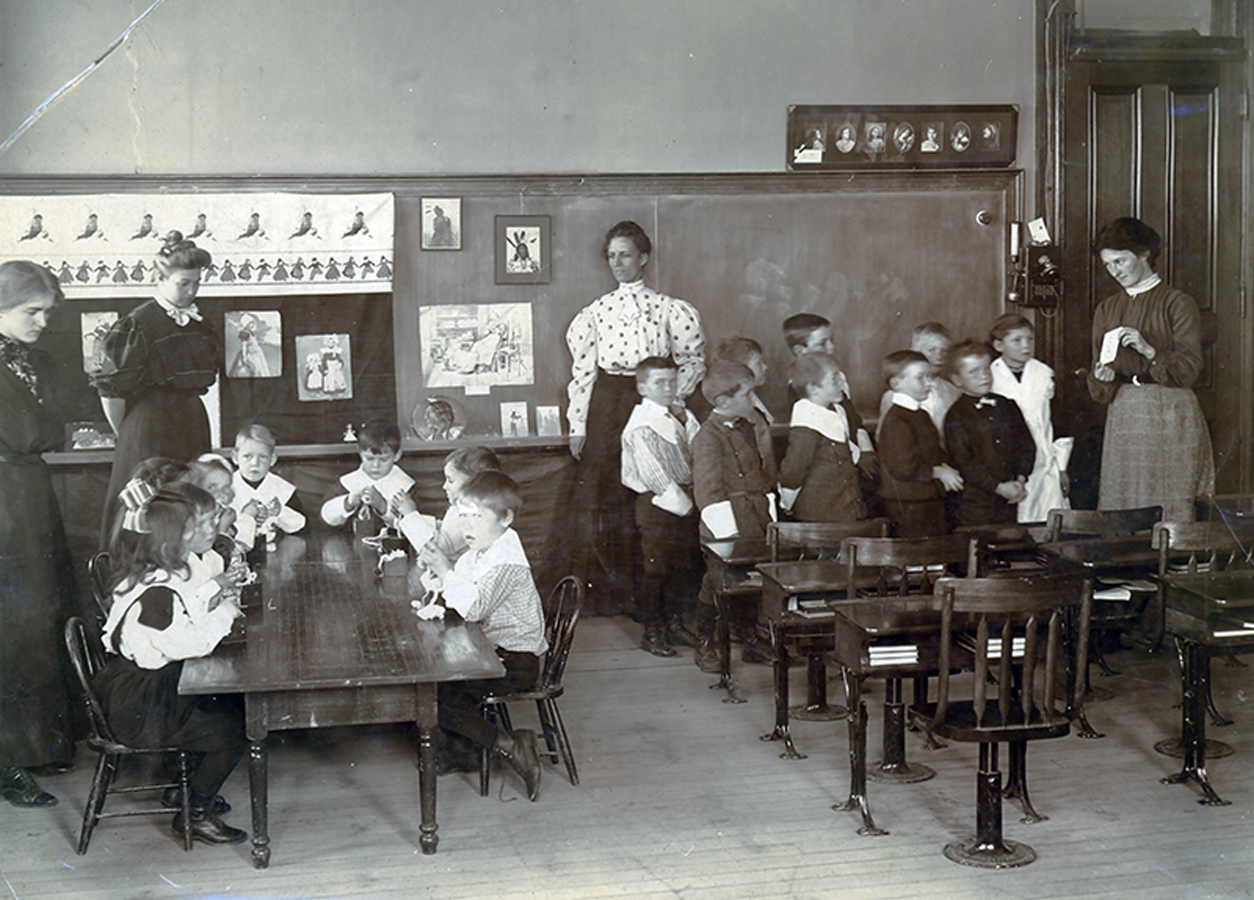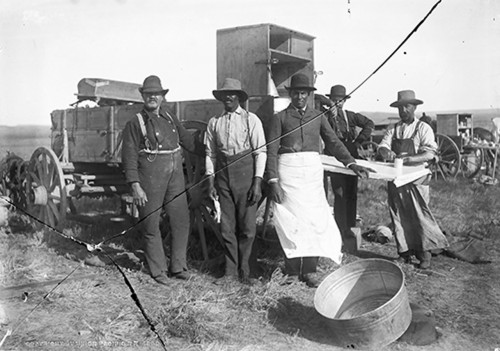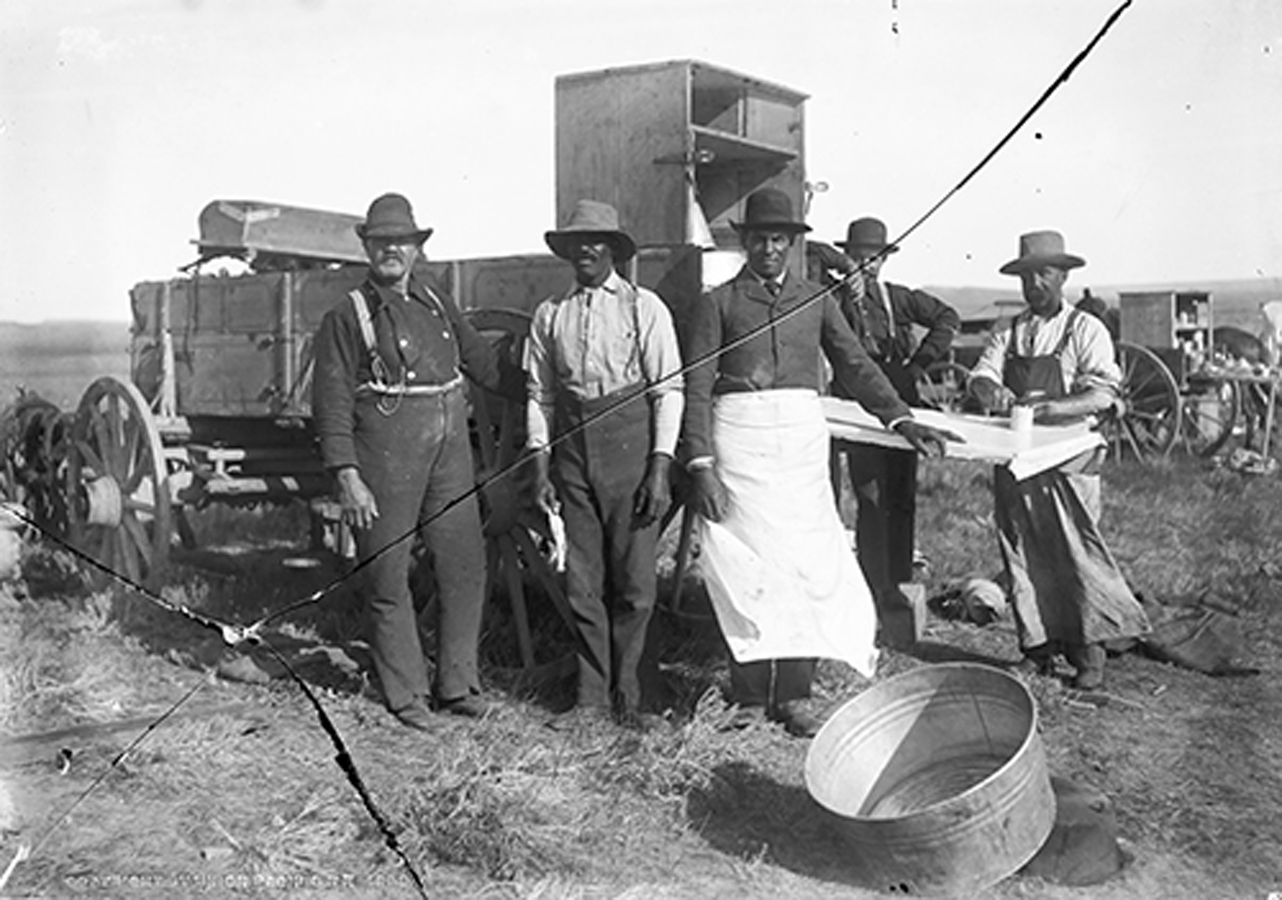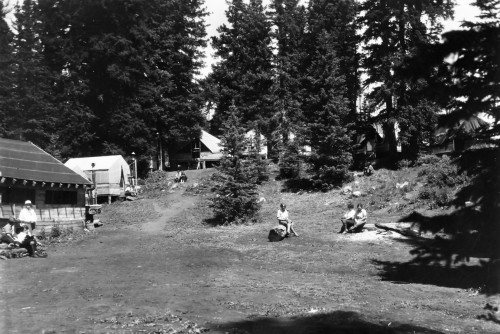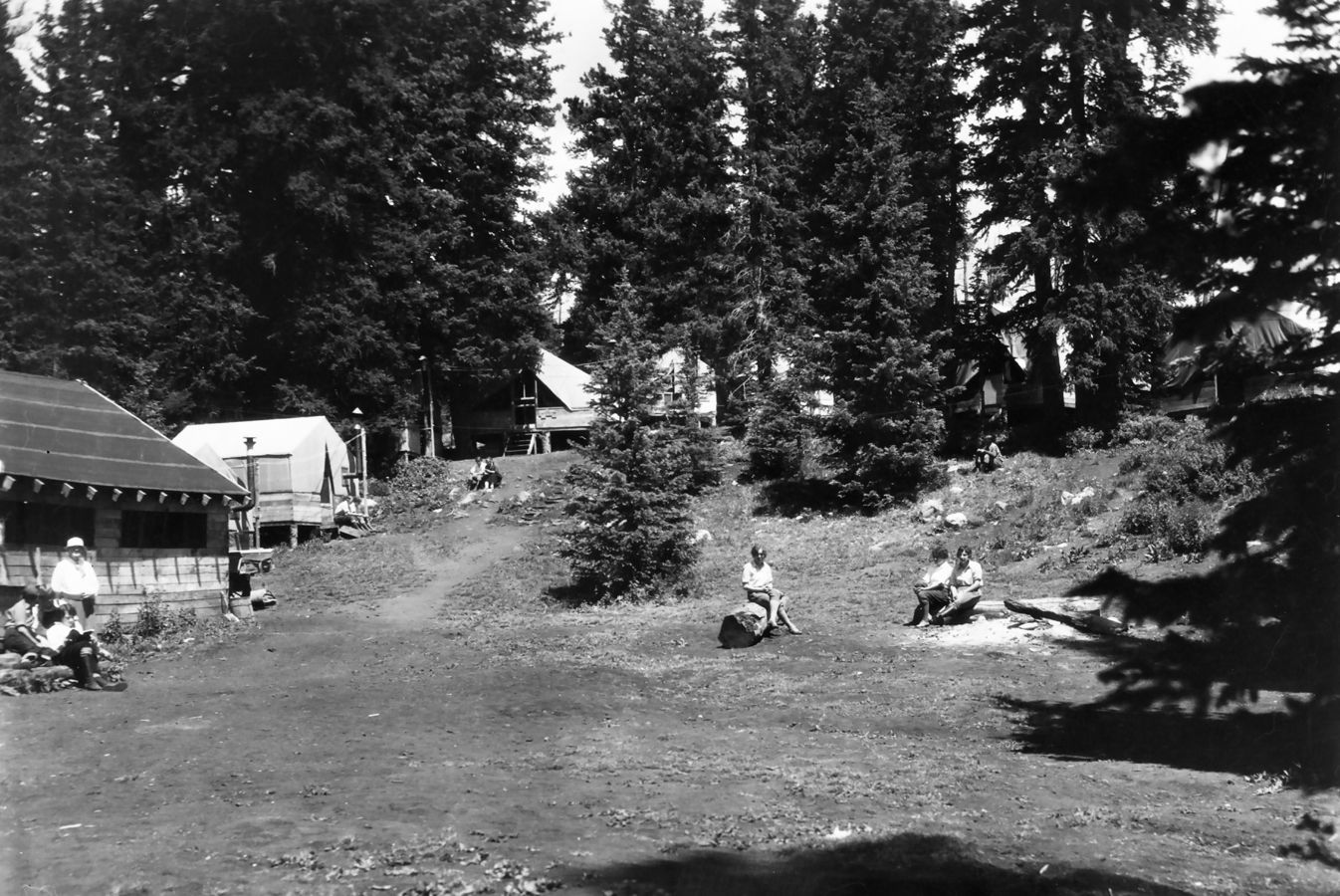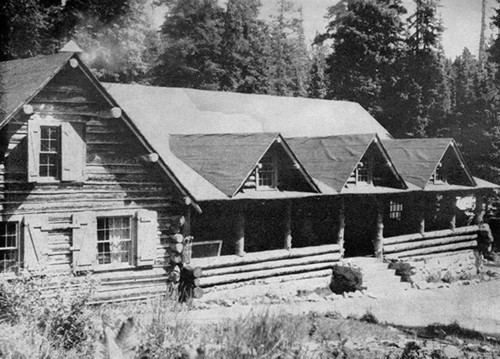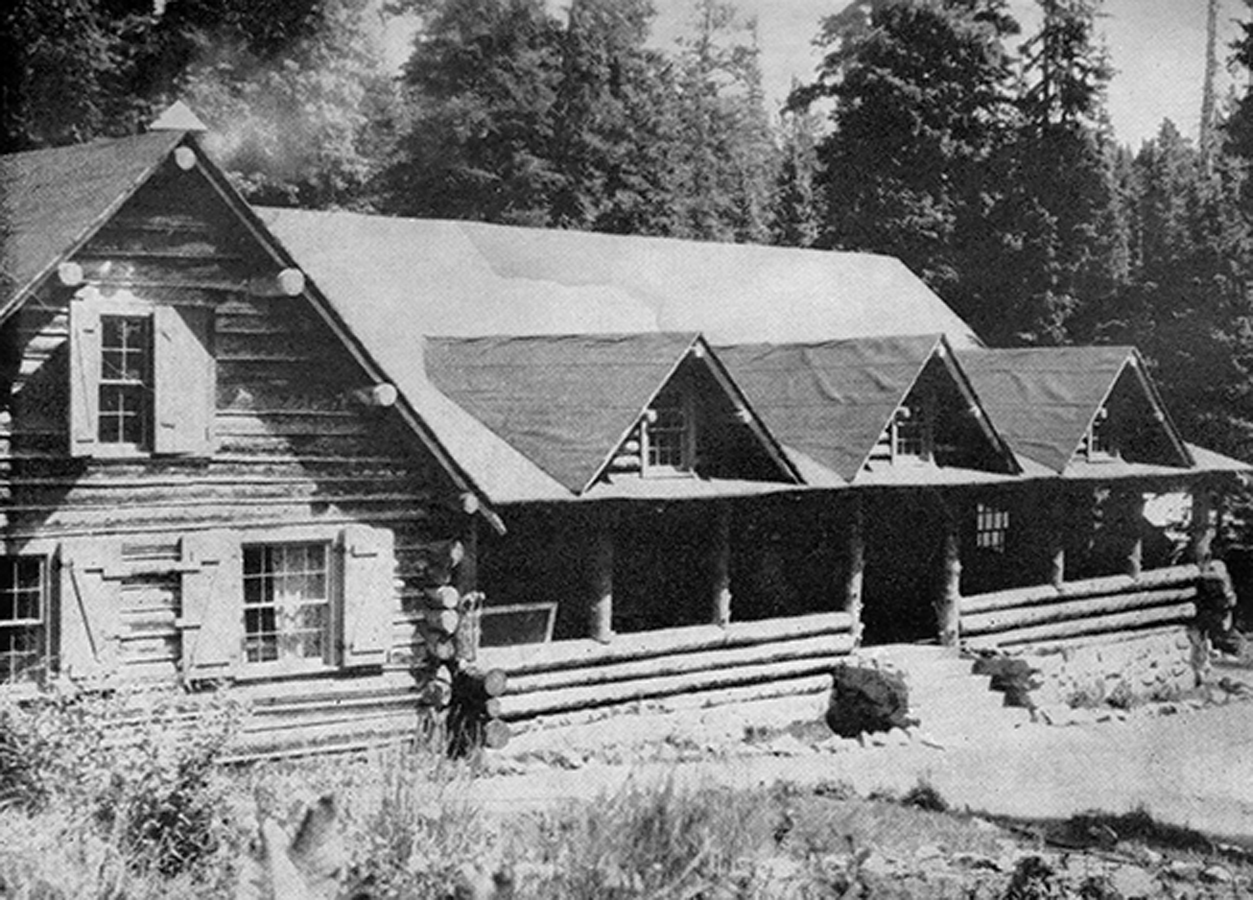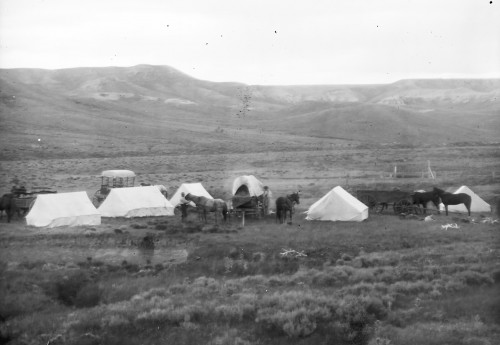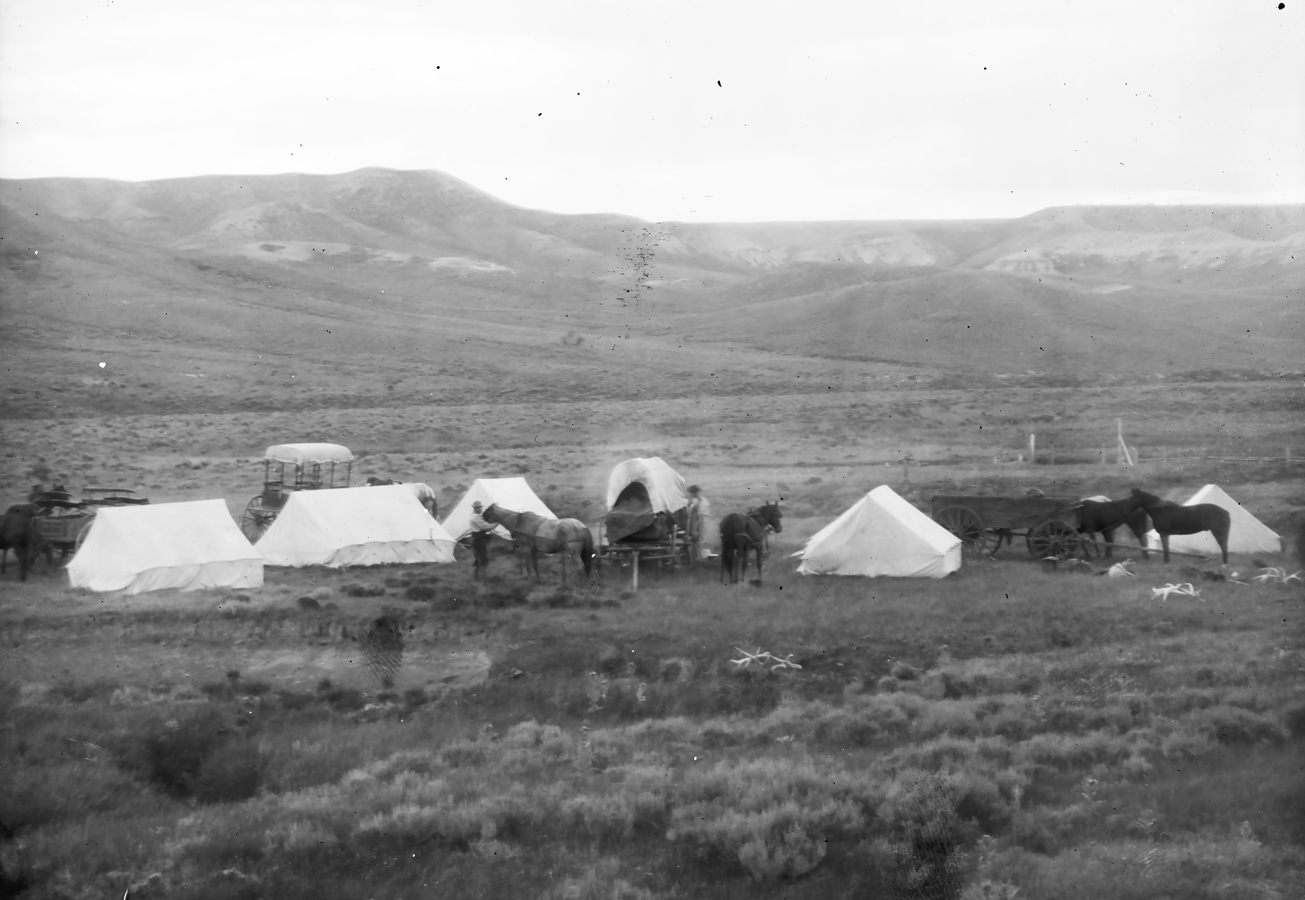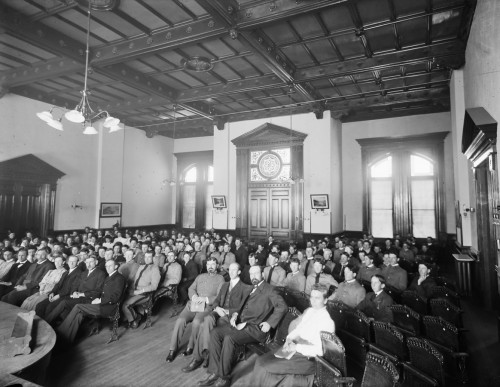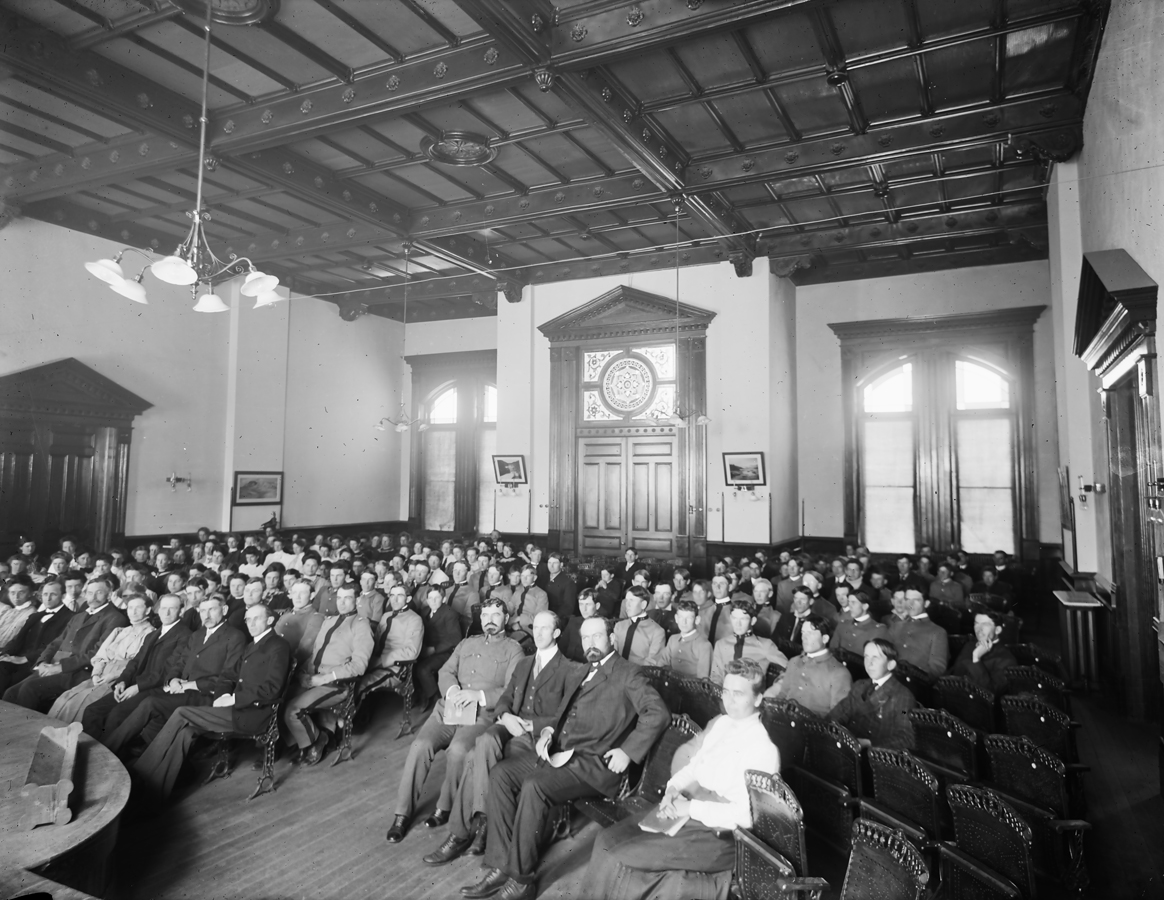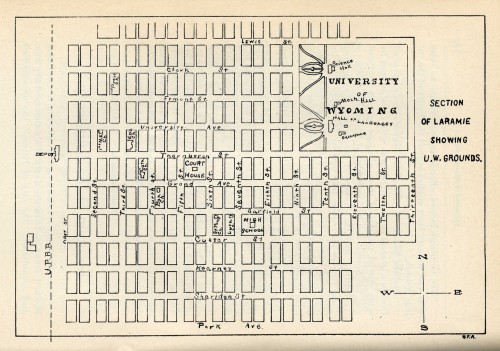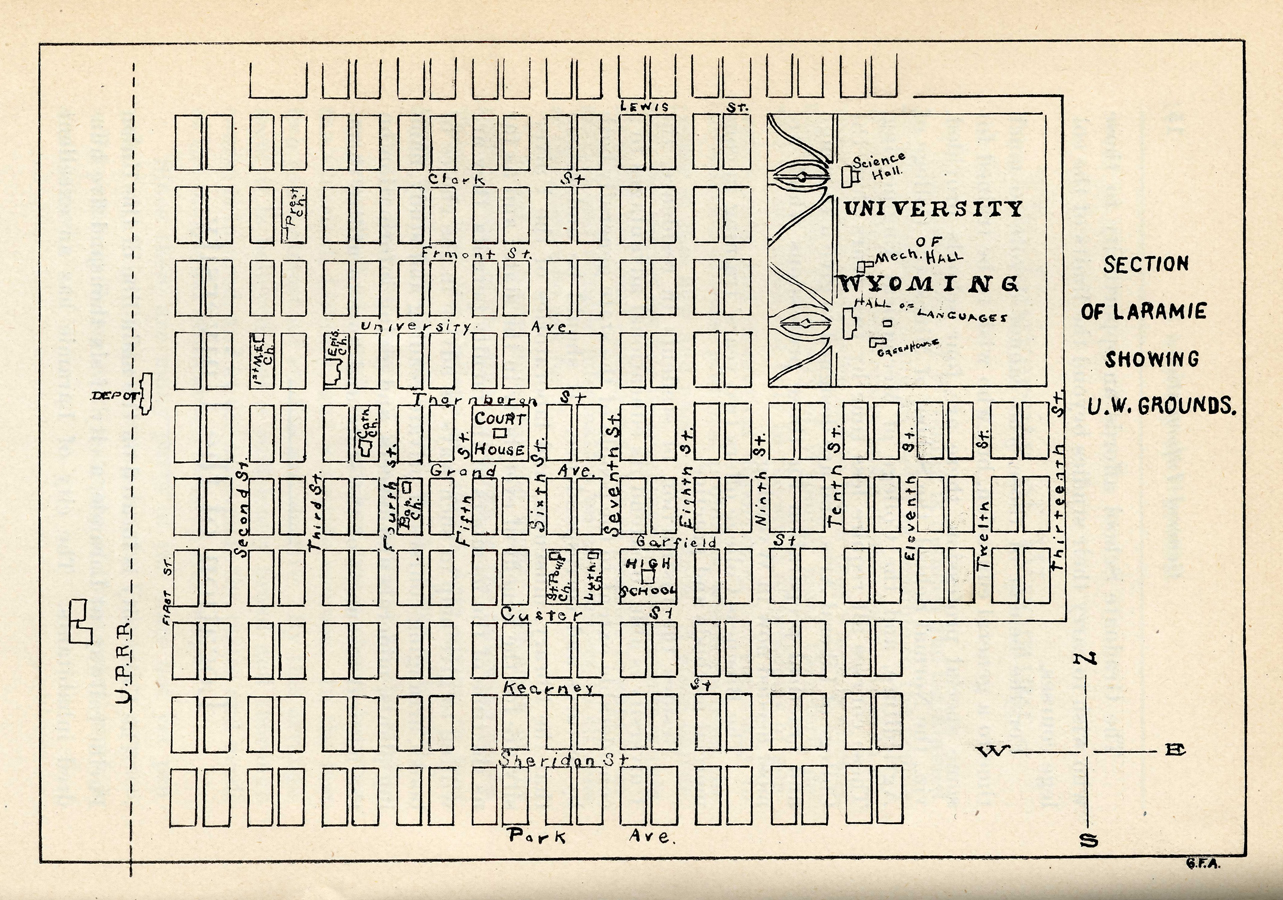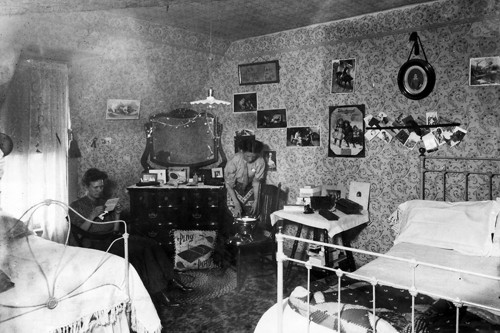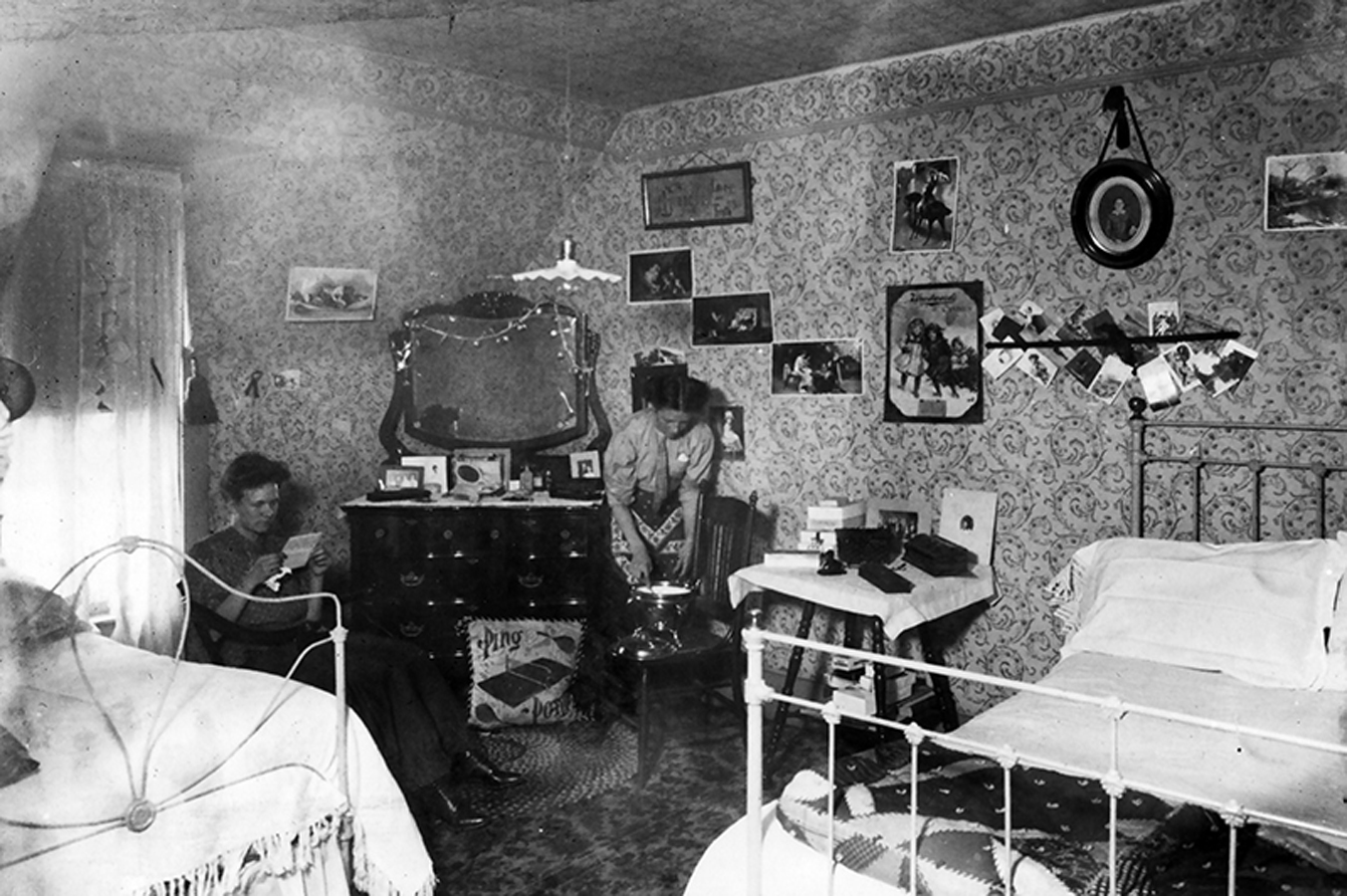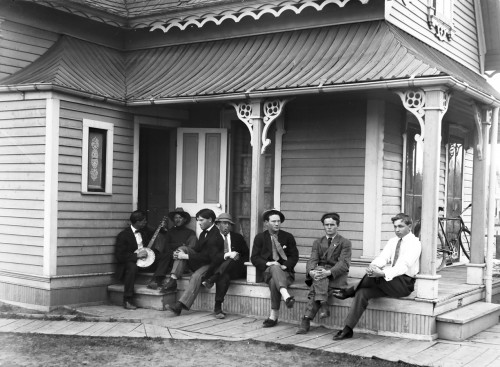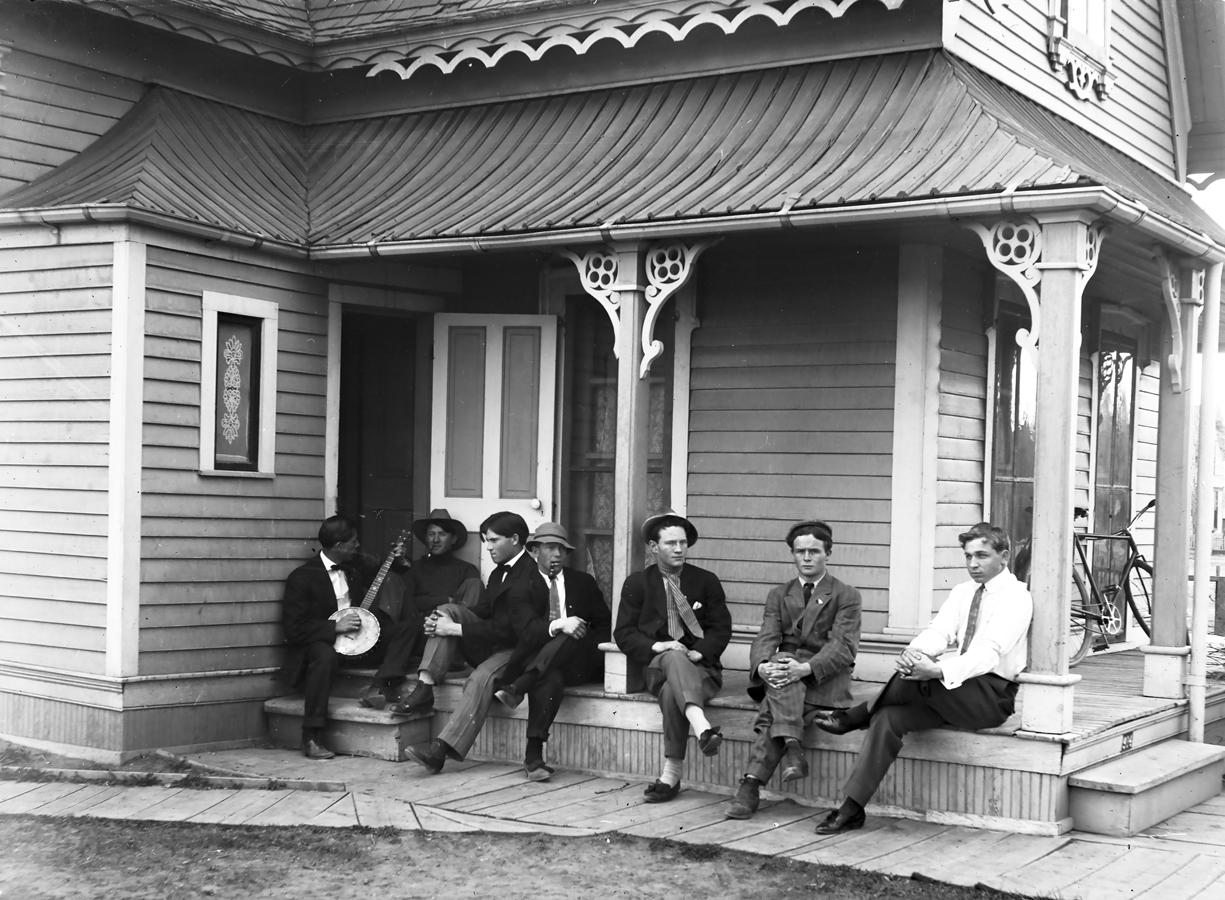The 1906-1907 school year marked the beginning of the student-teaching program at the University School. The classroom was located on the second floor of Old Main. It was known as “the primary room” and included grades one through three. In the early years, there were more preparatory students than college students enrolled and tuition costs covered nearly all of the overhead expenses of the school.
The University School is still around to this day educating many of Laramie’s local students.
Pictured here (left to right) are teachers Neva Nelson, Anne Reed, Ruth Adsit (the school’s first Principal), and Clara Prahl.

